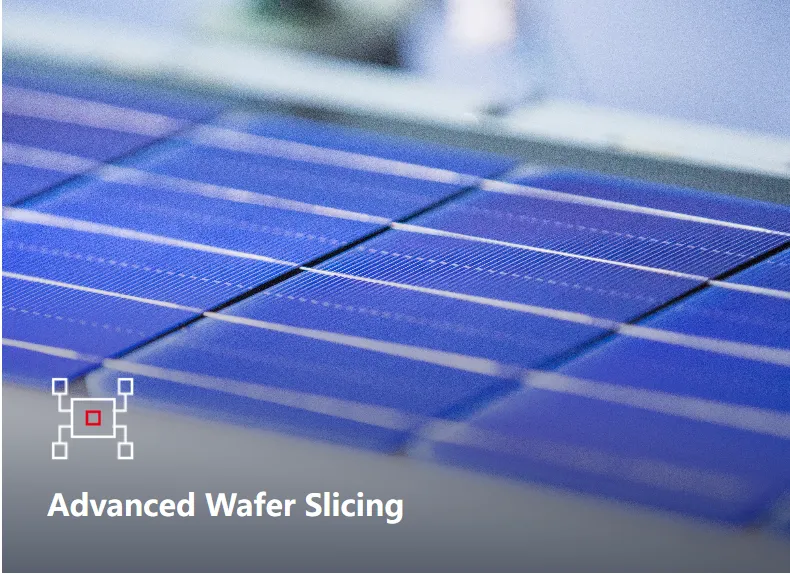types of solar panels for houses
Types of Solar Panels for Houses A Comprehensive Guide
As the world increasingly turns to renewable energy sources, solar power has emerged as a leading option for homeowners looking to reduce their carbon footprint and save on energy costs. Solar panels convert sunlight into electricity, providing a sustainable energy solution. However, not all solar panels are created equal. This article will explore the different types of solar panels available for residential installation, their advantages and disadvantages, and which type might be best suited for your home.
1. Monocrystalline Solar Panels
Monocrystalline solar panels are made from a single crystal structure, typically silicon. Known for their high efficiency and sleek appearance, these panels can convert more sunlight into electricity compared to other types. The major advantages of monocrystalline panels include
- High Efficiency With efficiencies typically ranging from 15% to 22%, they are ideal for homeowners with limited roof space. - Longevity They have a long lifespan, often exceeding 25 years, and usually come with robust warranties. - Space Savings Due to their higher efficiency, fewer panels are needed to achieve the desired power output.
However, monocrystalline panels tend to come with a higher price tag, making them a more significant upfront investment.
2. Polycrystalline Solar Panels
Polycrystalline solar panels are made from multiple silicon crystals melted together. While they are generally less efficient than monocrystalline panels (efficiencies ranging from 13% to 16%), they have their own set of advantages
- Cost-Effectiveness Polycrystalline panels are typically less expensive to manufacture, resulting in lower overall installation costs. - Satisfactory Performance Although less efficient, polycrystalline panels perform well in various conditions and are still a viable choice for many homes. - Less Energy Waste They can be manufactured using less energy than monocrystalline panels, making them more environmentally friendly during production.
However, they require more space to generate the same amount of power, which might not suit homes with limited roof areas.
types of solar panels for houses

Thin-film solar panels are made by applying a thin layer of photovoltaic material onto a substrate. This type includes various technologies, including amorphous silicon, cadmium telluride, and copper indium gallium selenide. The key benefits of thin-film solar panels are
- Lightweight and Flexible Their lightweight nature allows for more versatile installations, including on uneven surfaces or unusual roof shapes. - Lower Manufacturing Costs They are generally cheaper to produce than their crystalline counterparts. - Performance in Low Light Thin-film panels tend to perform better in low-light conditions, making them an option for locations with less sunlight.
On the downside, thin-film panels are usually less efficient, with conversion rates of around 10% to 13%, meaning homeowners must install more panels to achieve the desired energy output. Their shorter lifespan, typically around 10 to 20 years, may also deter some homeowners.
4. Bifacial Solar Panels
Bifacial solar panels are designed to capture sunlight on both sides of the panel, increasing their energy generation potential. These panels have garnered attention for their innovative design and ability to utilize reflected sunlight from surfaces beneath them.
- Enhanced Energy Production Bifacial panels can produce 10% to 20% more energy compared to traditional panels due to their dual-sided design. - Durability Many bifacial panels come with a robust build quality, often leading to longer lifespans.
A downside is that they can be more expensive and require careful consideration of installation location to maximize the potential of the dual-sided design.
Choosing the Right Solar Panel for Your Home
When selecting the best solar panel for your home, consider factors such as efficiency, cost, available roof space, and aesthetic preferences. Monocrystalline panels might be suitable for those with limited space and a higher budget, while polycrystalline panels are ideal for those looking for a cost-effective solution. Thin-film panels cater to unique installations or lower light environments, and bifacial panels offer advanced technology for maximizing electricity generation.
Ultimately, consulting with a solar energy professional can help you assess your specific needs and guide you in making the right choice for your home. By investing in the right type of solar panel, you can enjoy the benefits of renewable energy while making a positive impact on the environment.
-
Understanding the Advantages of Solar String Inverters for Your Energy SystemNewsApr.29,2025
-
Choosing the Right PV Inverter: A Comprehensive GuideNewsApr.29,2025
-
The Future of Solar Power: Exploring Bifacial Solar PanelsNewsApr.29,2025
-
The Complete Guide to Solar Panels: Efficiency, Cost, And InstallationNewsApr.29,2025
-
The Best Options for Efficiency and Cost-EffectivenessNewsApr.29,2025
-
Harnessing the Power of Off-Grid Solar Inverters for Energy IndependenceNewsApr.29,2025







